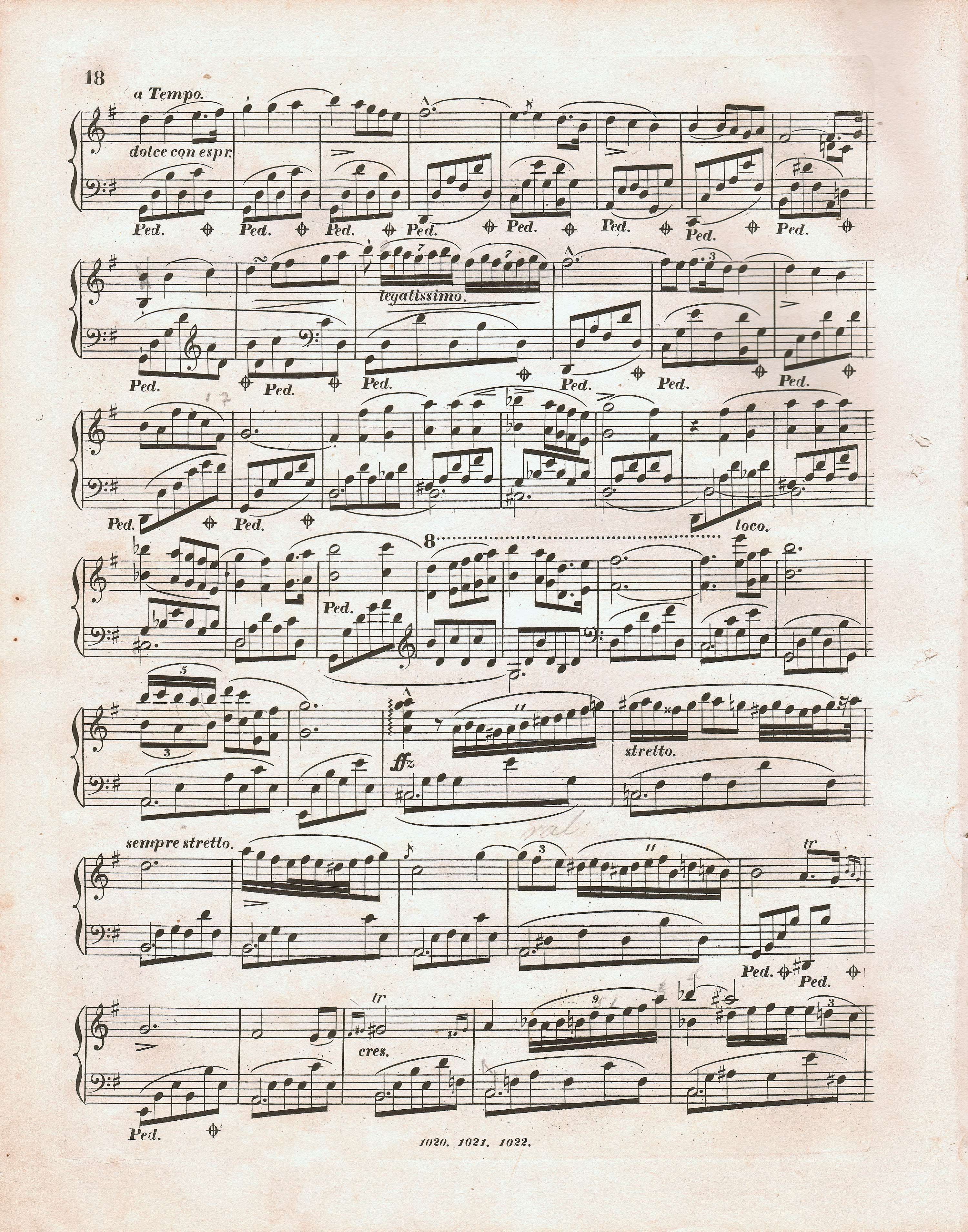



Different sound of the 4th quaver than in all analogous bars (bar 226, 234, 250 and 585; cf. also bar 65, 73 and 89) could have been intended by Chopin, e.g. with regard to a slightly different shape of the accompaniment line in the next bar. However, since a mistake of the engraver cannot be excluded, we alternatively suggest a version that is analogous to the remaining bars. Mistakes consisting in adjusting figurations to a regular scheme, particularly when it appeared in similar figures (identical even quavers are present in bars 573-575), are psychologically justified and can be encountered in Chopin's pieces on a number of occasions – cf. e.g. bar 594 or 542-543.
Compare the passage in the sources »
category imprint: Editorial revisions
issues: Errors in FE
notation: Pitch



 , our alternative suggestion
, our alternative suggestion